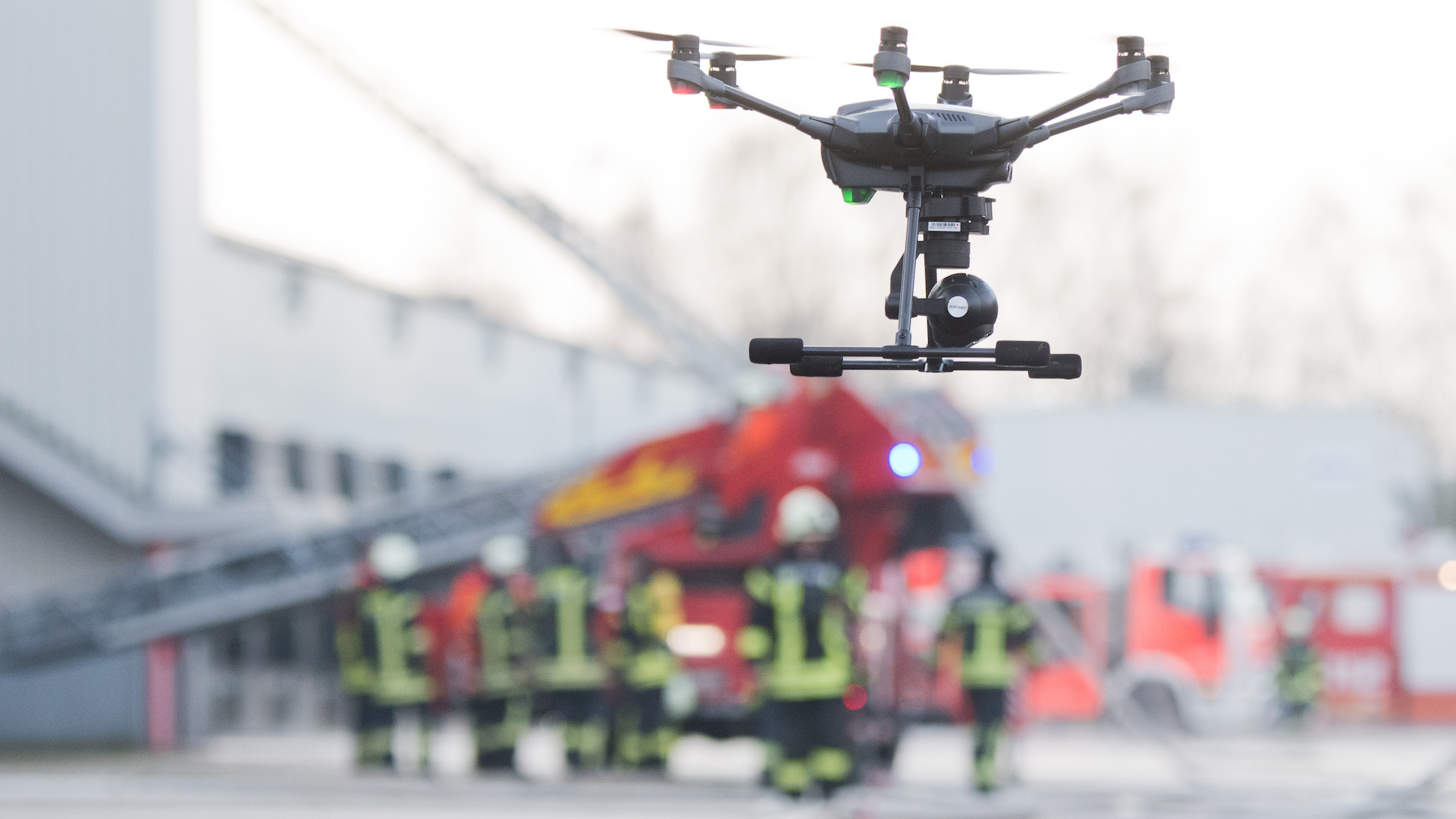

Idaho is about to receive unmanned aerial help to combat wildfires and aid in search and rescue operations, thanks to the Boise Fire Department’s year-long effort to receive proper Federal Aviation Administration authorization to do so, an ABC affiliate reports.
As it stands, the Boise Fire Department has purchased four drones and trained four employees to become certified operators. This number, though minimal, would allow for each drone mission, whether day or night, to have a trained operator serve as a spotter for the firefighter piloting the unmanned aerial vehicle.
We’ve reported in the past on public safety offices across the country ramping up their use of unmanned aerial technologies, and Boise Fire will largely utilize them with the same intentions in mind. During wildfires or search and rescue operations, Boise Fire’s drones will deploy above the scene and stream live video back to base, providing command with an informed sense of what exactly is occurring below. That allows for proper equipment, manpower, and preparations to occur before a single firefighter arrives.
“I think it is going to enhance the safety of our individuals,” said Deputy Chief Perry Oldenburg.
While safety is of primary concern, the drones themselves were also very cost-effective, costing a mere $4,000 for all four. This relatively inexpensive purchase was subsidized by Boise Fire’s fortuitous savings, said Oldenburg. Perhaps most important for him, at this juncture, is to remind recreational drone pilots not to interfere with the department’s lifesaving drone missions when the time comes.
“We are very concerned about that,” said Oldenburg. “If there is a temporary flight restriction in and around firefighting operations it is illegal to operate your drone in that area.”
Unfortunately, we’ve seen this scenario play out far too often: wildfires or rescue operations are underway by highly trained individuals enduring their lives to save others, when a hobby drone interferes and causes all operations to cease. “That would certainly inhibit and stop everything else that we are doing and could potentially turn a small fire into a huge fire,” Oldenburg explained.
So far, Boise Fire has only completed a single flight. Moving forward, the simple purchase of four UAVs will likely lead to invaluable assistance in time-sensitive rescue operations and aiding responders on the ground desperately trying to tame fires and locate missing persons. The Boise Fire Department isn’t the first to add drones to its equipment rack, and certainly won’t be the last. It seems as though every few weeks, another public safety office in the U.S. realizes the potential of UAV technology, and decides that the only reasonable choice is to implement them as soon as legally possible.